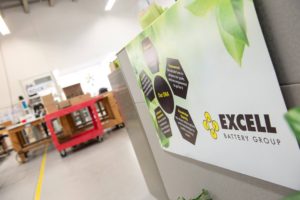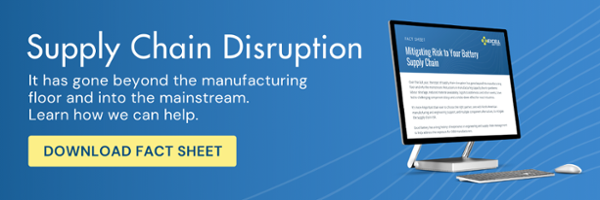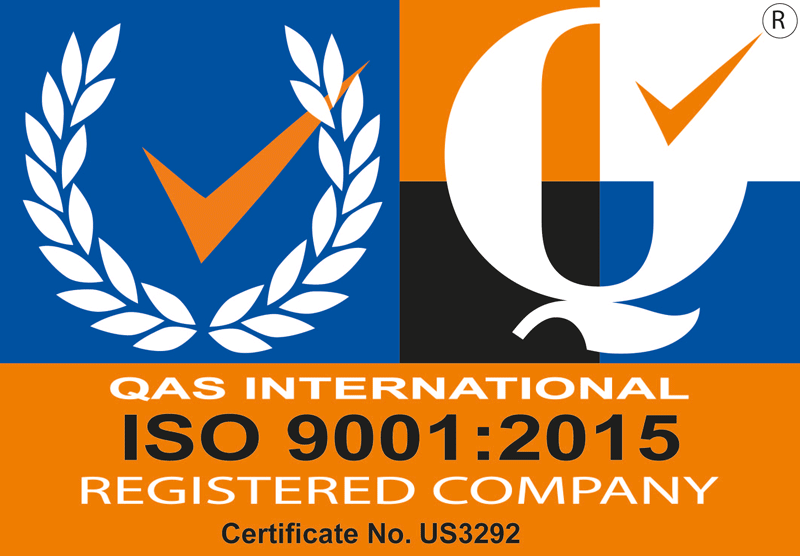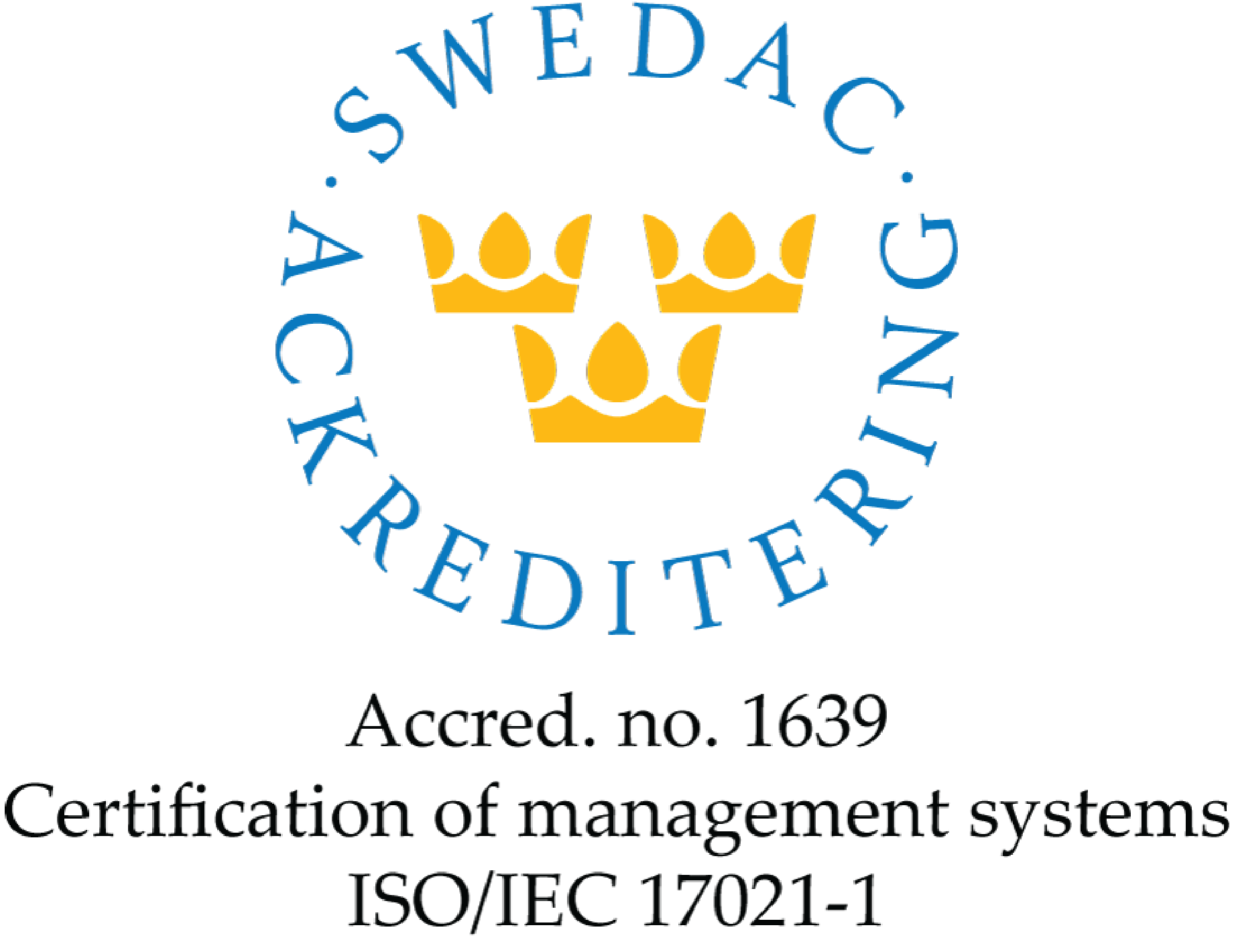Smart Engineering
Left brain versus right brain. Artistic versus scientific. We are all familiar with these classic dichotomies, but real-world experiences often land more in the grey than the black and white. A biochemist with a talent for watercolours might be unique but not impossible. Individuals who can look beyond their specialized field offer an invaluable perspective to the companies they work within. A marketing executive joining a sales rep on account visits will be able to see first-hand what impact a top-down marketing campaign has in the field. This approach holds true in the battery operating world as the best engineers share an ability to widen their lens from a single cell to the supply chain as a whole.
Choices made at the cell level have consequences on the entire manufacturing process. Our engineers design with the supply chain in mind. The ripple effects of each design choice are carefully weighed against their impact on the overall demand flow. We use our extensive North American resources to inform both our design and manufacturing decisions. Offering multiple cell and component alternatives allows production to move forward, unimpeded by material shortages. A quick internet search for cell vendors will pull up hundreds, if not thousands, of results. The quantity of results is not always accompanied by trustworthy rankings on the quality of these cells and vendors. A seasoned team of engineers provides the best oversight on supplier and product quality.

Curating a healthy catalogue of raw materials is often where some manufacturers stop. Smart engineering goes a step beyond by establishing quality control procedures to test all cell and component alternatives. Qualification of cells through rigorous in-house lab testing should be second-nature to battery suppliers. Even the most reputable cell vendors are not immune to quality issues. Before signing on with a supplier, OEM clients should ask tough questions regarding quality control and safety procedures. In addition to testing the quality and safety of individual cells, an established lab program also provides assurances that all manufacturing quality standards are followed. North American standards are particularly stringent so any manufacturers operating within the continent should be well-versed in protocols such as ISO 9001, ISO 13485, UN38.3, etc.
Strong supplier relationships are one of the most crucial differentials separating top-tier manufacturers from their competitors. When a demand spike forces a supplier to pick and choose which orders to fill, the tipping point is often the strength of the customer-supplier relationship. This scenario continues to play out frequently across industries weighed down with pandemic pressures. The trust and reliability forged with our suppliers over many pre-pandemic years became critical factors when the ultimate stress test of COVID-19 hit. Our supply chain is built to support our clients through the entire design and manufacturing process, regardless of external disruptions. We partner with suppliers who share that same methodology.
An infrastructure built on smart engineering principles provides the sturdiest foundation for OEM clients. Highly-specialized training does not have to translate to a hyper-narrow perspective. Engineers with a realistic approach to design and an awareness of the broader supply chain set clients up for the best chance of success.




